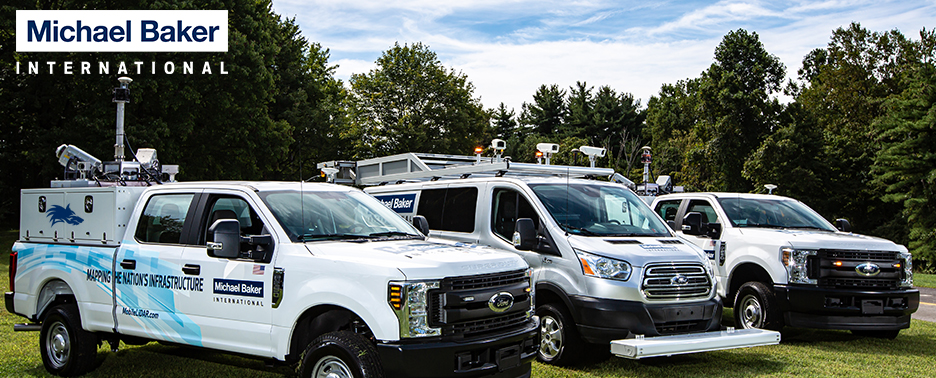We have all been there; out in the boondocks with only a small section remaining to complete the days’ collections, then almost seemingly on cue, your equipment malfunctions. Frustration sets in as you see your optimal collection window rapidly dissipating; and the last thing you want to do is waste half of the next morning to re-establish base-stations and calibrate the system, just so you can scan a miniscule segment of corridor, break down the base-stations, and backtrack to where you should’ve already been.
Murphy always seems to have a way to rear his ugly head, and Mobile LiDAR systems have a lot of individual, interconnected components that could fail. Anyone that uses a computer has undoubtedly experienced unknown fatal errors that can halt productivity and drive you insane (just recently it wasn't the Mobile LiDAR system but a lovely Windows Blue Screen of Death that halted collection); now increase those complexities by a magnitude of six, and you start to get a sense of what a Mobile LiDAR operator can experience. Unlike in the office environment, Mobile LiDAR failure points are not merely limited to the computer; there’s also the DMI, IMU, Control Rack, GPS (both on-board and base-stations), cameras, lever arms, a plethora of cables, and in the immortal words of Dr. Evil, “frickin’ laser-beams!”
 |
| Inside the LYNX control rack. |
In the heat of the moment, as you’re scrambling to find a solution, don’t let the frustration level build to the point where you blow a gasket and throw a tirade so animated your co-worker feels compelled to record it and post it online. Nothing good can result from that video going viral and ending up on Tosh.0. The old adage that sometimes you “lose sight of the forest for all of the trees” can certainly apply. Step back, take a deep breath, clear your head, and look at it from a different perspective. Electronics and field equipment can be very finicky sometimes; not to mention introduction of the occasional human error. Regardless of whether the problem was initiated by a mechanical, or electrical, or a loose nut between the seat and the keyboard, sometimes all you need is that wondrous and magical cure-all…a reboot.
Cheers!
Aaron









